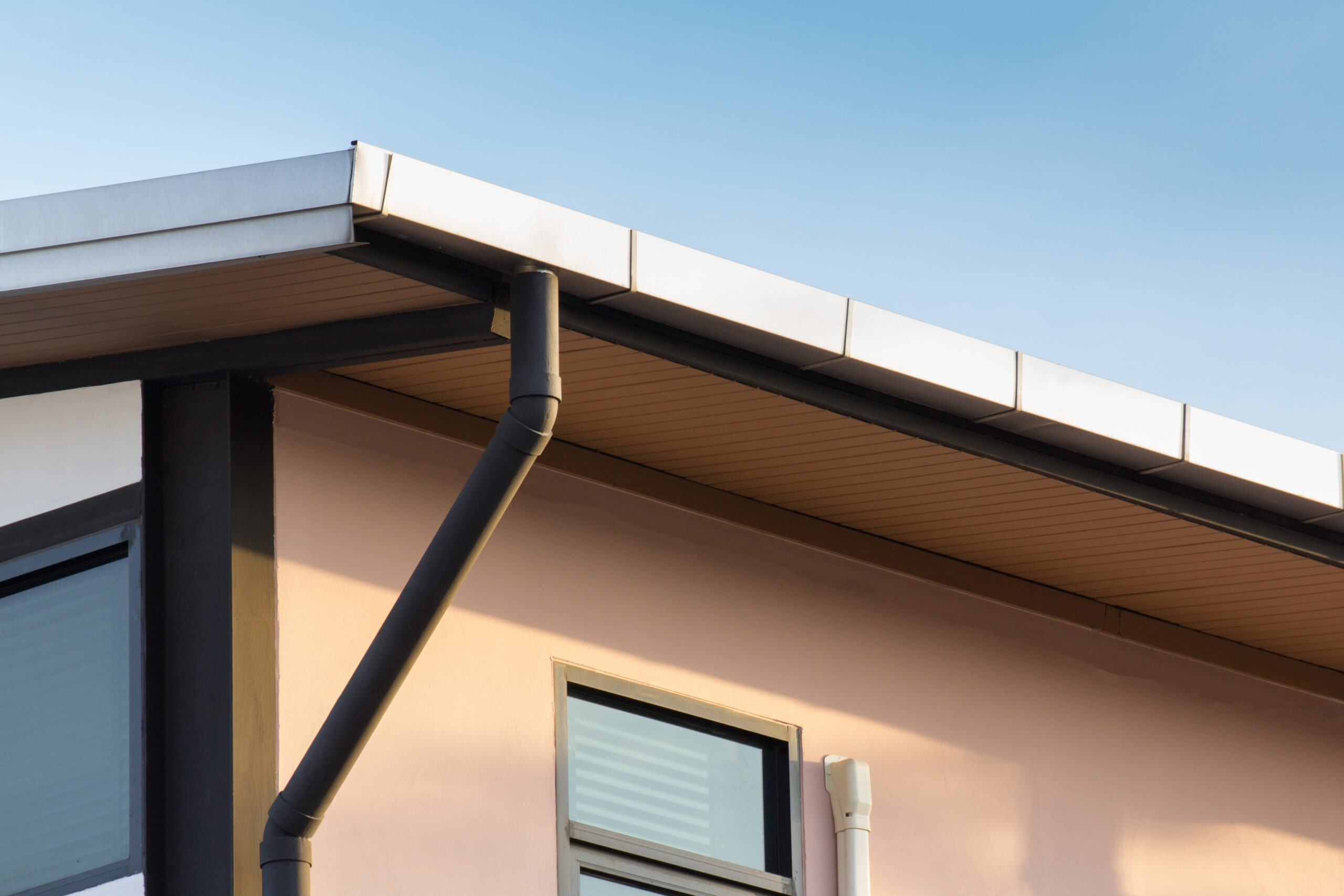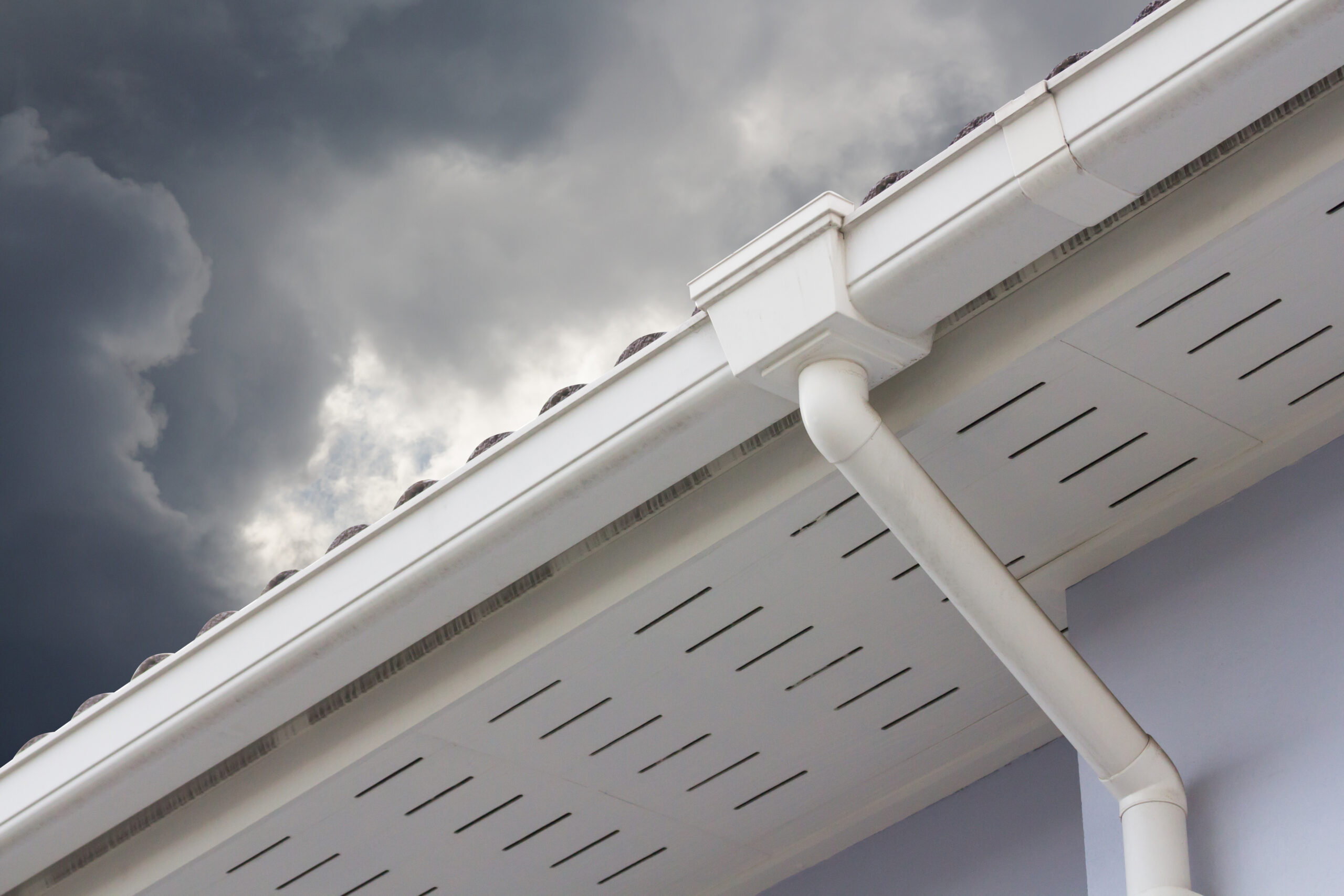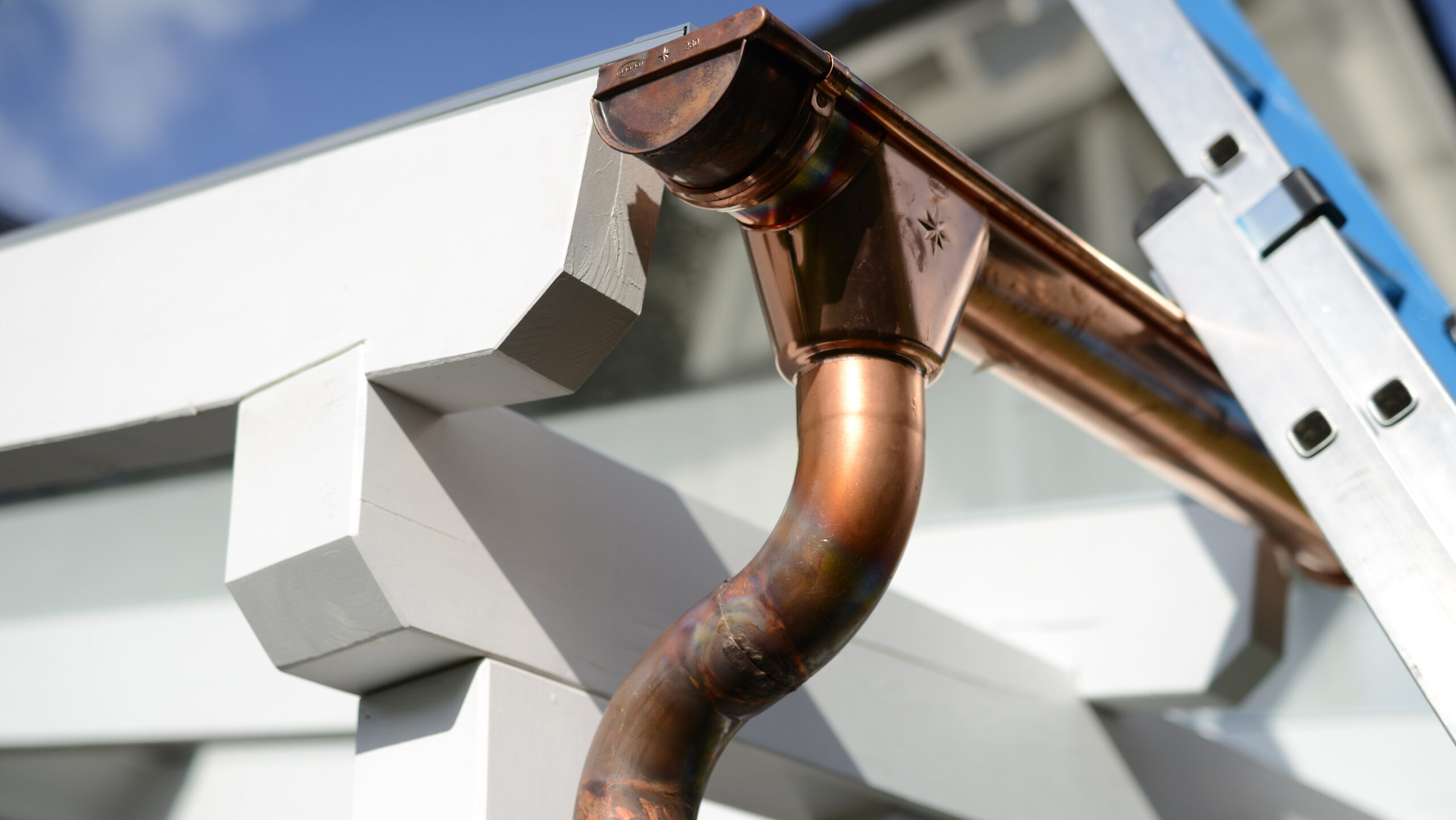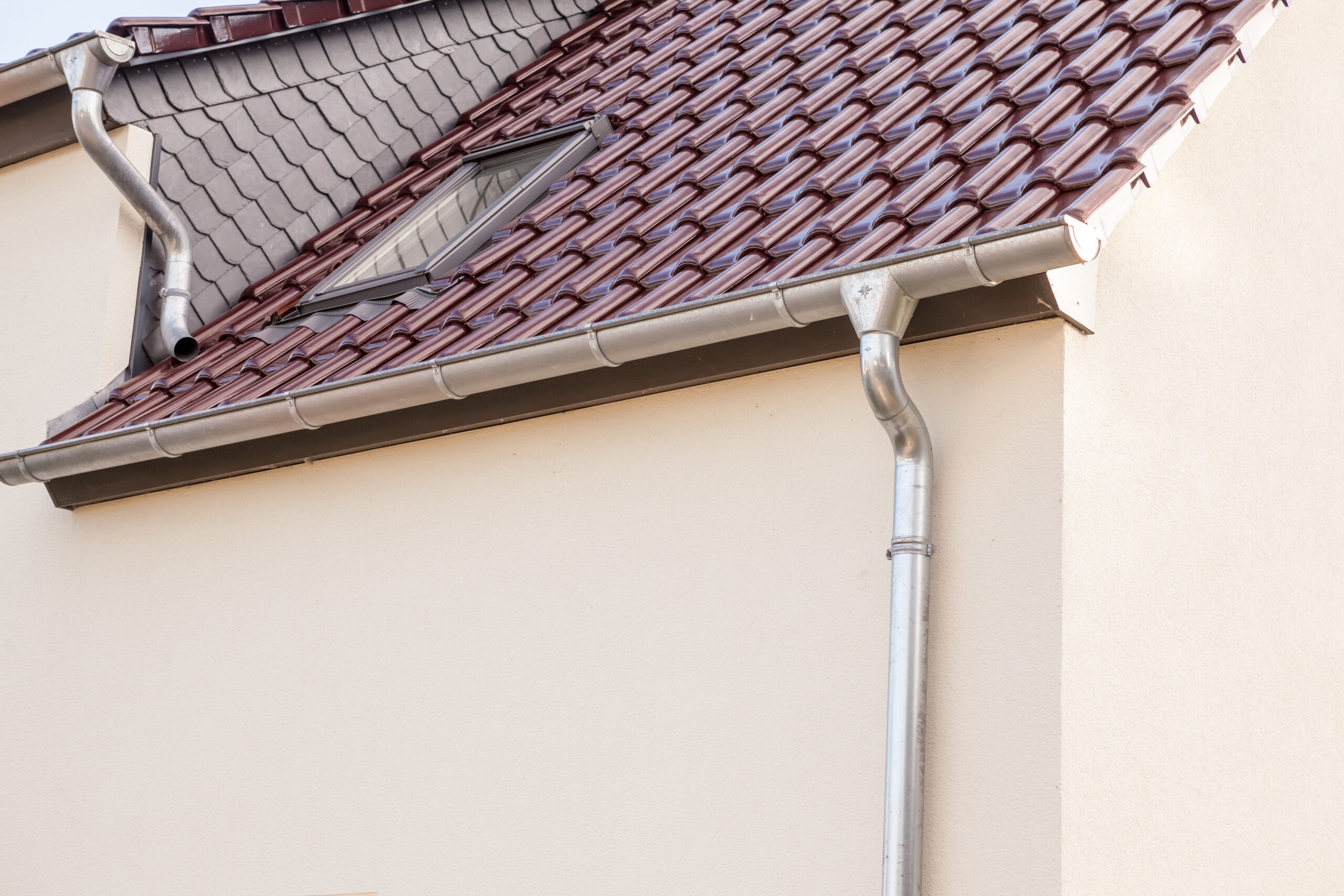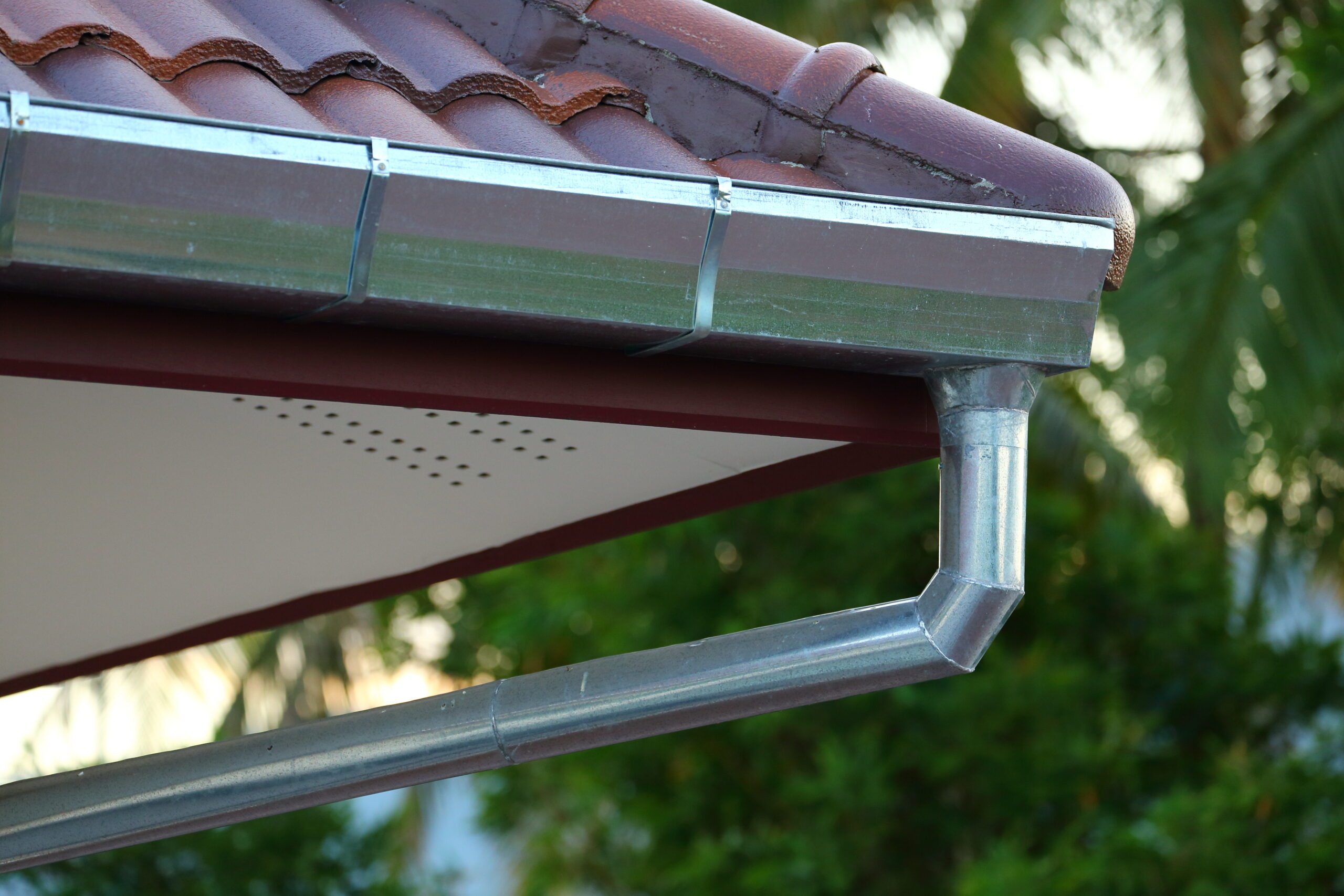Upgrade Your Home with Gutter Installation and Replacement
Gutters safeguard your home and property. Avoid basement flooding, roof damage, and landscape erosion to property damage and a weakened foundation. Ensuring a working gutter system is installed in your home helps eliminate all these nightmares. Through various gully systems, it will collect the downpour keeping your deck, foundation, basement, roof, and exterior in mint condition.
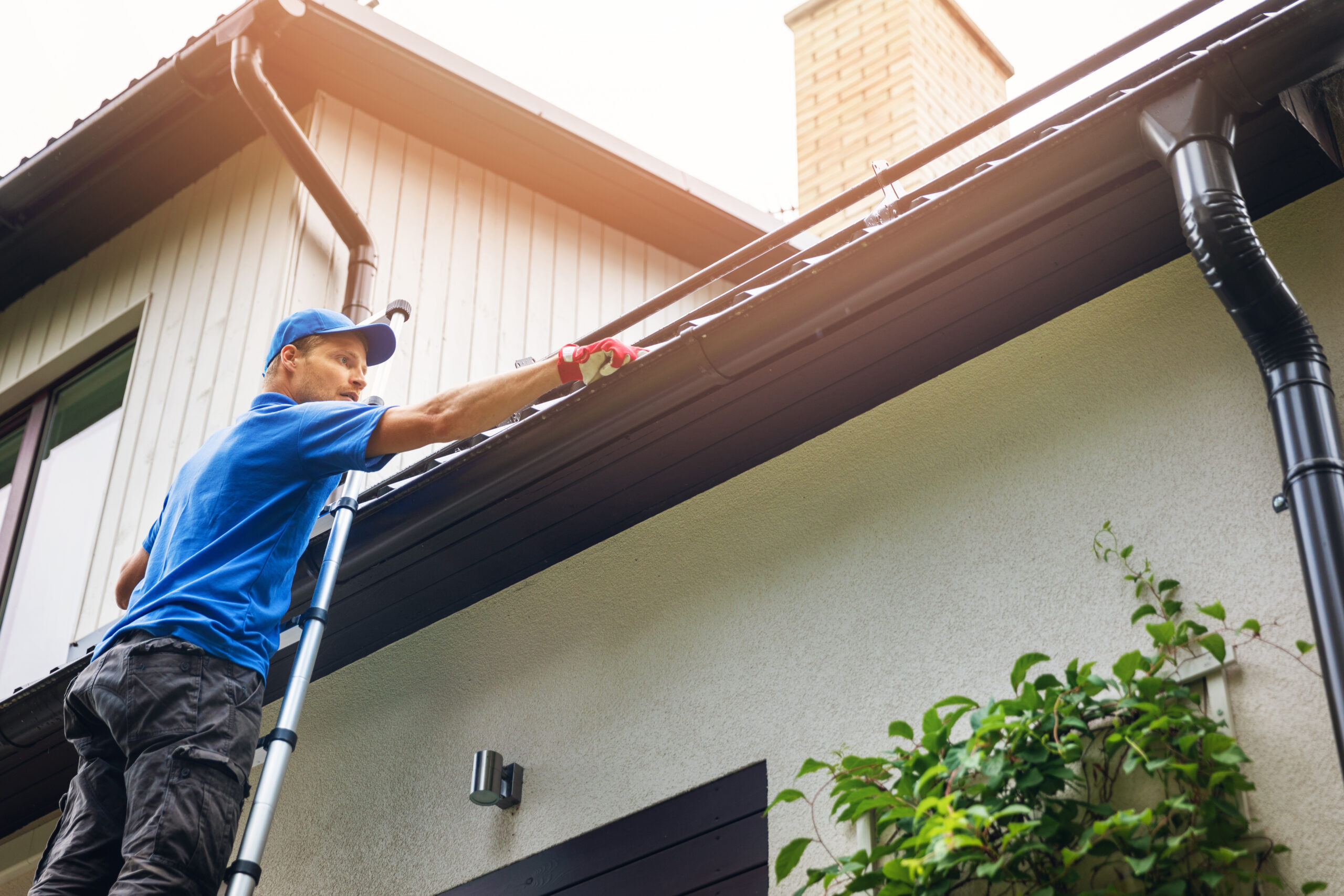
Signs You Need a Gutter Replacement
Gutters 101: All You Need to Know
Types of Gutters to Consider for Your Replacement
Why the Material You Choose Matters
Your gutter material determines its lifespan, budget, maintenance, response to weather conditions, and installation process. Depending on a variety of factors including your budget, here are five materials you can choose from:
Understanding the Difference Between Sectional and Seamless Gutters
Gutters fall into two different categories: sectional or seamless. Sectional means that the parts of the gutter must come together to make a whole. This type of gutter is DIY-friendly but prone to leaks and damage at the seams.
As an alternative, seamless gutters have significantly fewer sections. They are custom-made by a professional to fit your home. This type of gutter is less prone to cracks and leaks and more durable against harsh weather.
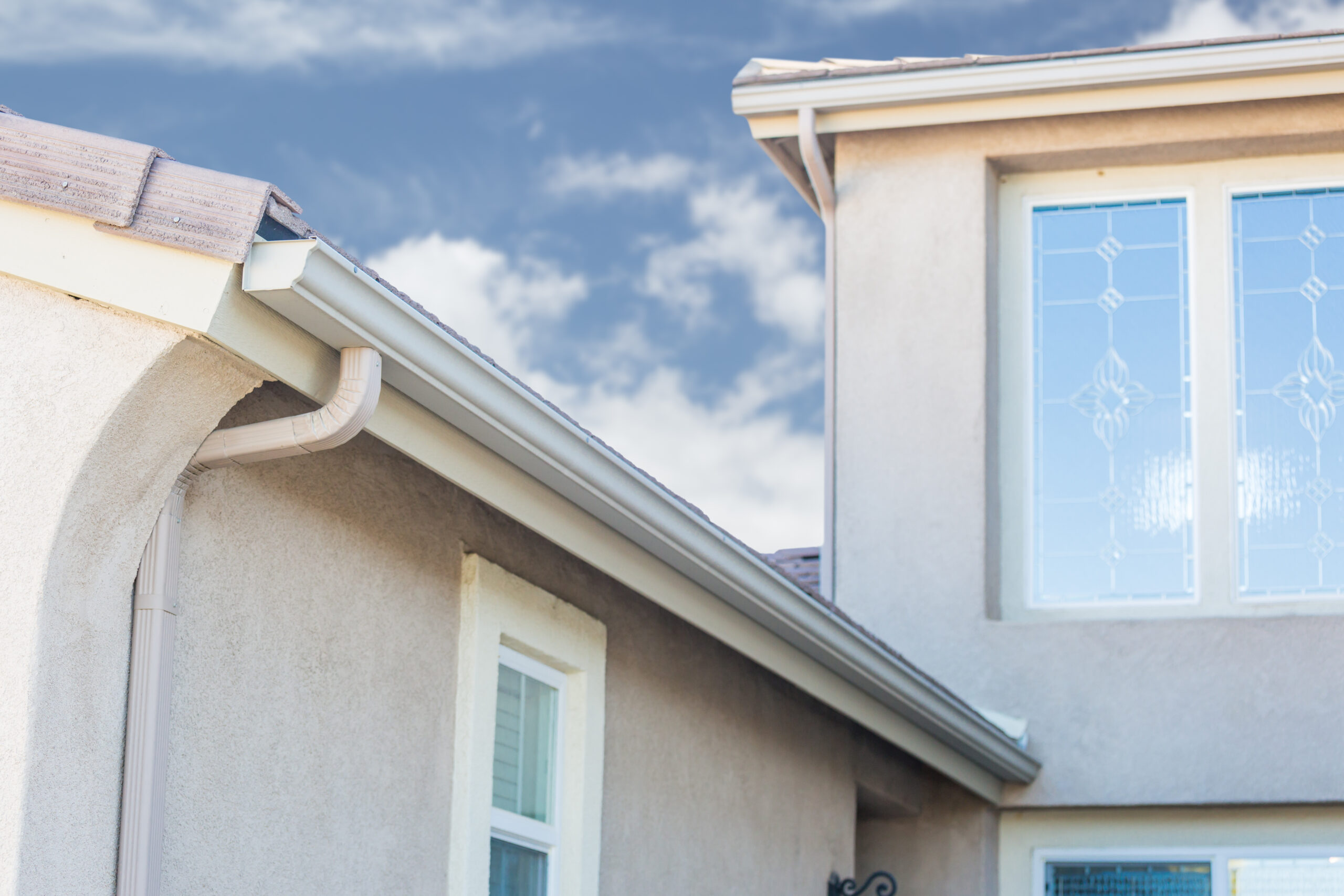
Considerations When Preparing Your Home for Gutter Installation
What to Expect During a Professional Gutter Replacement and Gutter Installation
Gutter installation requires less of your time and effort compared to other home installation or remodeling projects. It also takes less time to repair. Below are the steps you can expect during any gutter installation.
get ideas

